
Seaweed
Seaweeds are the algae. They are full of minerals and vitamins and some relatively rare elements, and therefore considered to be super food of today.They has been used for centuries in Great Britain, Ireland, Japan, China, everywhere available, actually. Seaweeds have come to the West mainly through Japanese kitchen, where seaweeds are frequently used.
Types of Seaweeds
Laver (Lava, Nori, Porphyra umilicali) is brown seaweed native to Ireland, Scotland and Wales (UK), and nori is a name for a Japanese algae. It is usually sold in a dehydrated and dried condition, as flakes or in sheets, used to wrap the sushi. This alga is rich in proteins and iron, potassium (natrium) and source of vitamins A, B2 and C, and yet it contains really low fat.
Dulse (Palmaria palmata) is known as dilisk or dillisk in Ireland, or sea parsley in Nova Scotia. This redish-brown alga is used as a snack or delicacy, and in the cosmetic industry. Dulse contains 10-20% of proteins, magnesium, iron and beta carotene (provitamin A), as well as other vitamins. For those unsure how to use because of the salt it contains, it is recommended to soak it in milk and water mixture over night.
Carrageen (Irish moss, Chondrus crispus) had gelling ability, and it is used in all kinds of desserts. It is suitable for vegetarians too, instead of the usual gelatin. Irish moss remedies are used in cold and cough traditional medicines. This seaweed contains minerals and retinol.
Many brown algae are commonly called kelp (kombu, arame, Laminaria digitata). Kelp is used as a natural remedy for thyroid problems and goiter, because it contains high amounts of iodine. It is used as a stabilizer in many products, as a cooking ingredient or snack food. As most algae, kombu is a source of iron, vitamin B9 and magnesium.
Wakame (Undaria pinnatifida) is a type of green algae, used in cooking and usually added to the miso soup, stews and stir-fries, or served as a side dish. It is considered to help losing weight.
Alaria esculenta (winged kelp) is a British alga, found in Norway and Iceland, too.
Other seaweeds are available at the health food markets too, including sea lettuce (Ulva lactuca) and sea spaghetti (Himanthalia elongata) or sweet kelp (Laminaria saccharina). They are mostly used as cooking ingredients, but sweet kelp is believed contain endocrine system and prevent breast cancer.
Some of the algae can be found and just picked up by the sea, from their natural habitat, but be careful to avoid polluted areas. Seaweeds are cultivated on the algae “farms” and then delivered to your local health food store. And, if you don’t have one near you could order one form the internet.


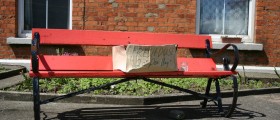
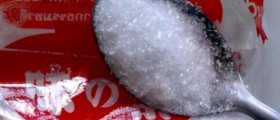
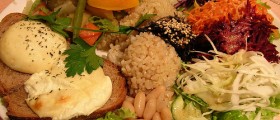
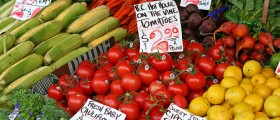
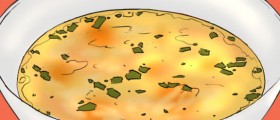
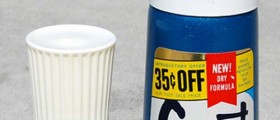
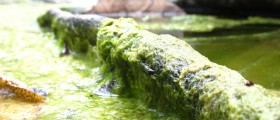
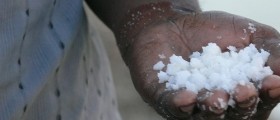
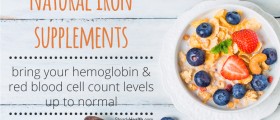
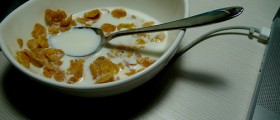
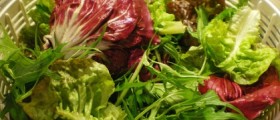
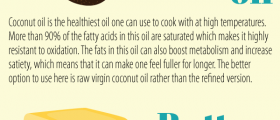
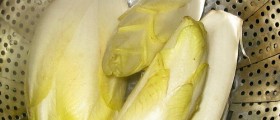
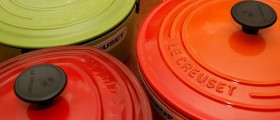
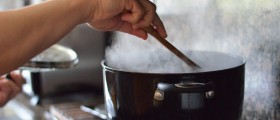
Your thoughts on this
Loading...